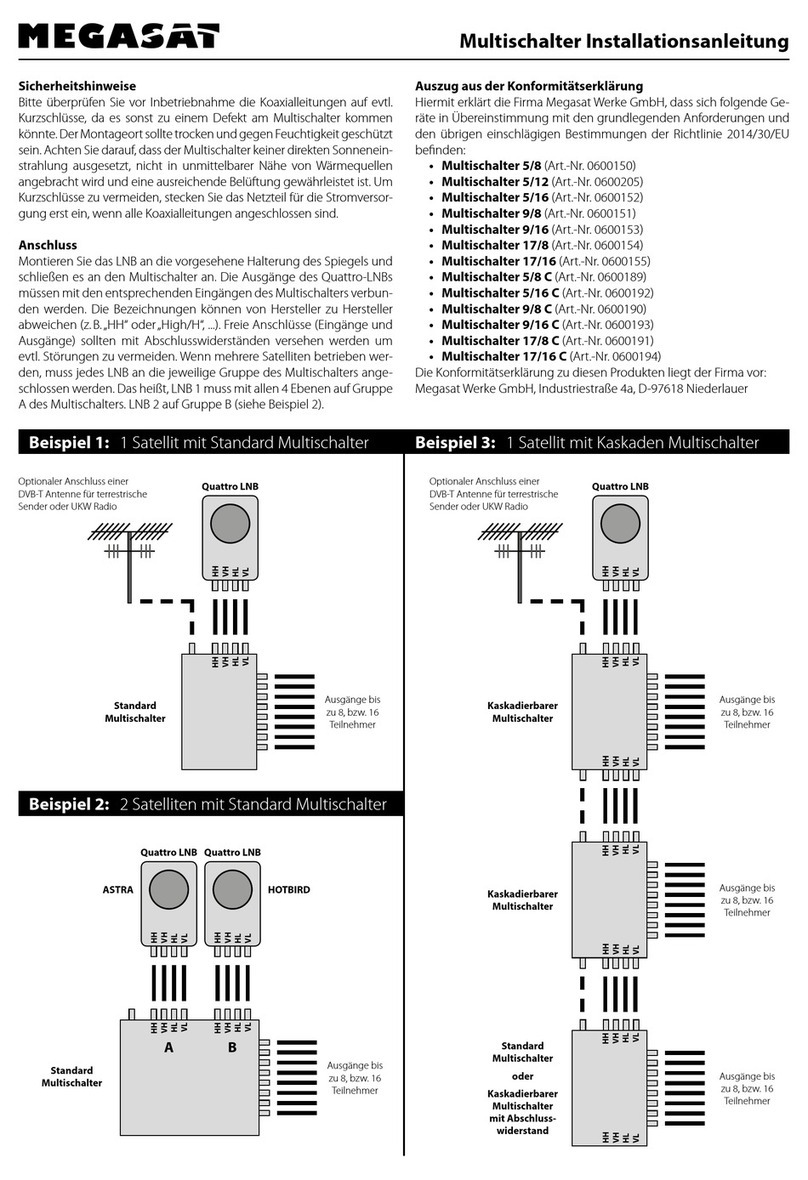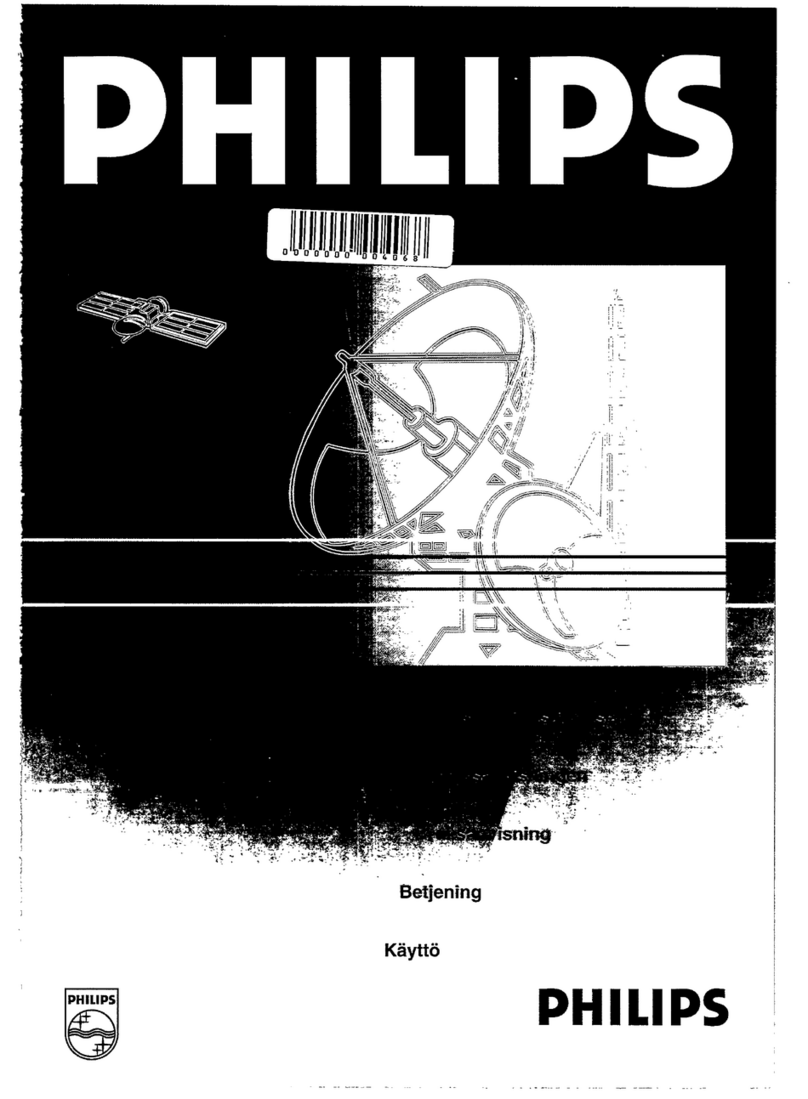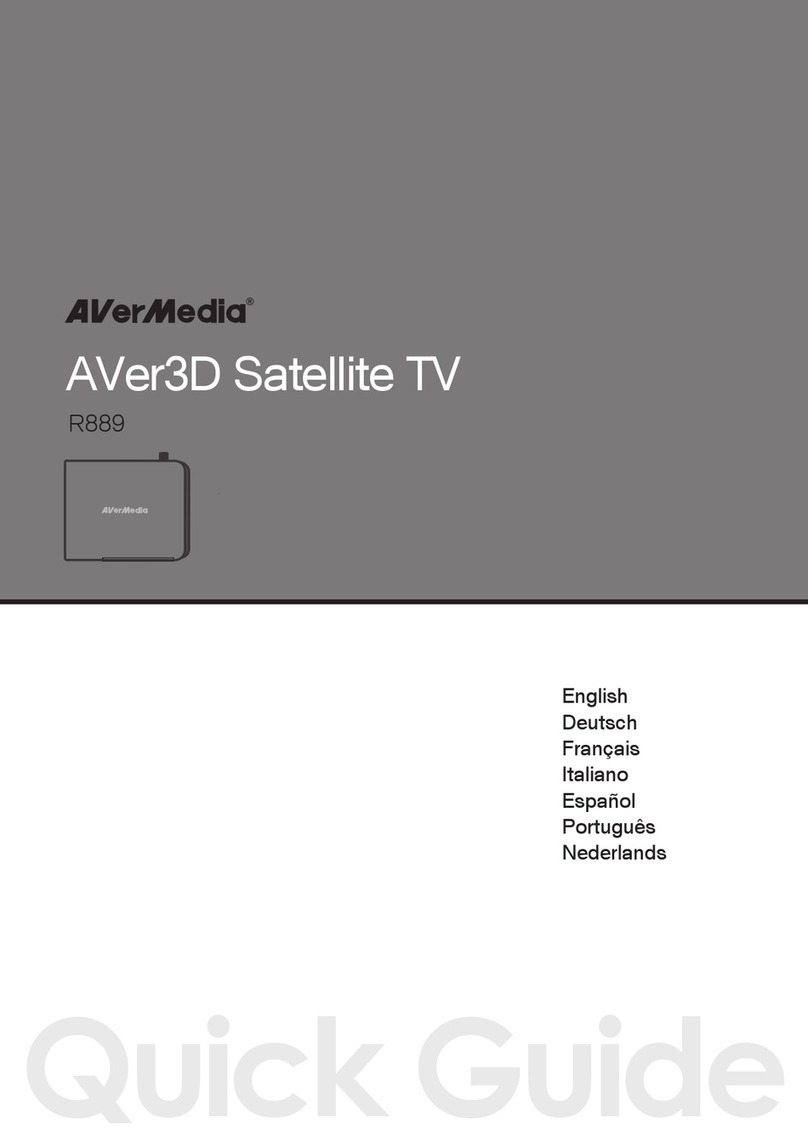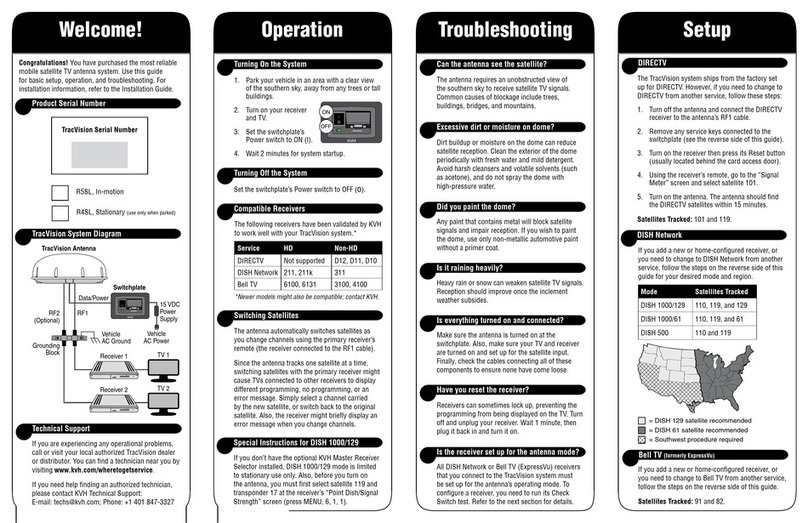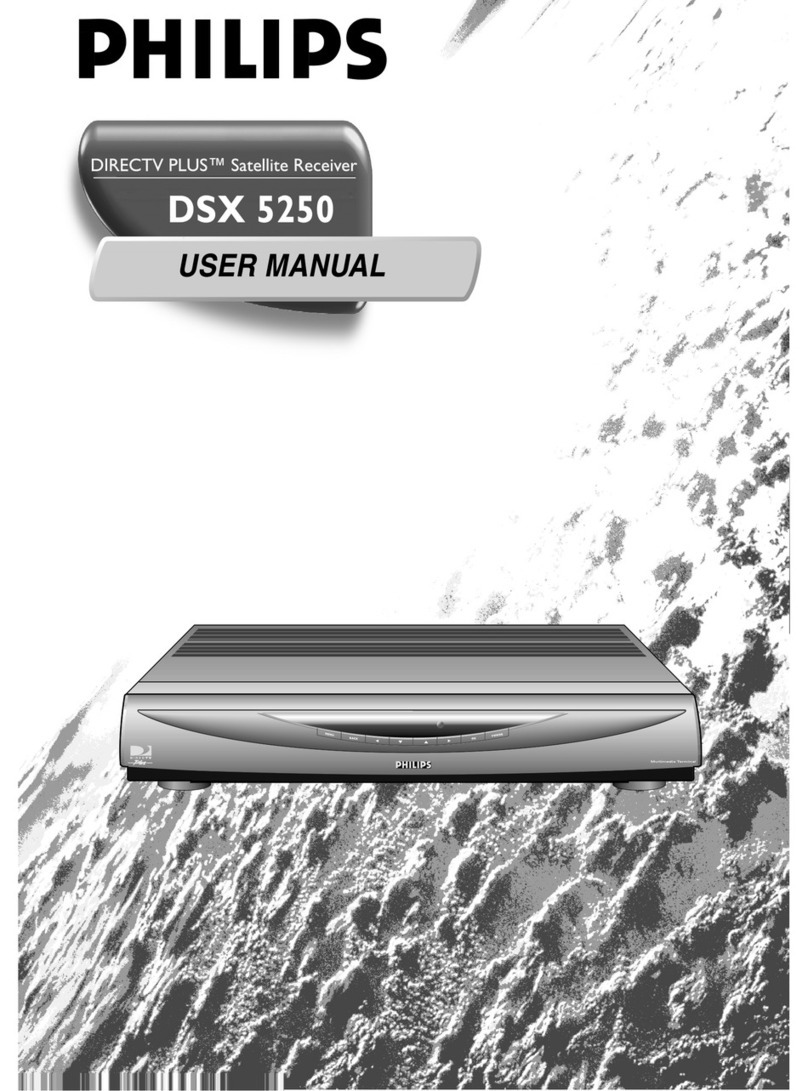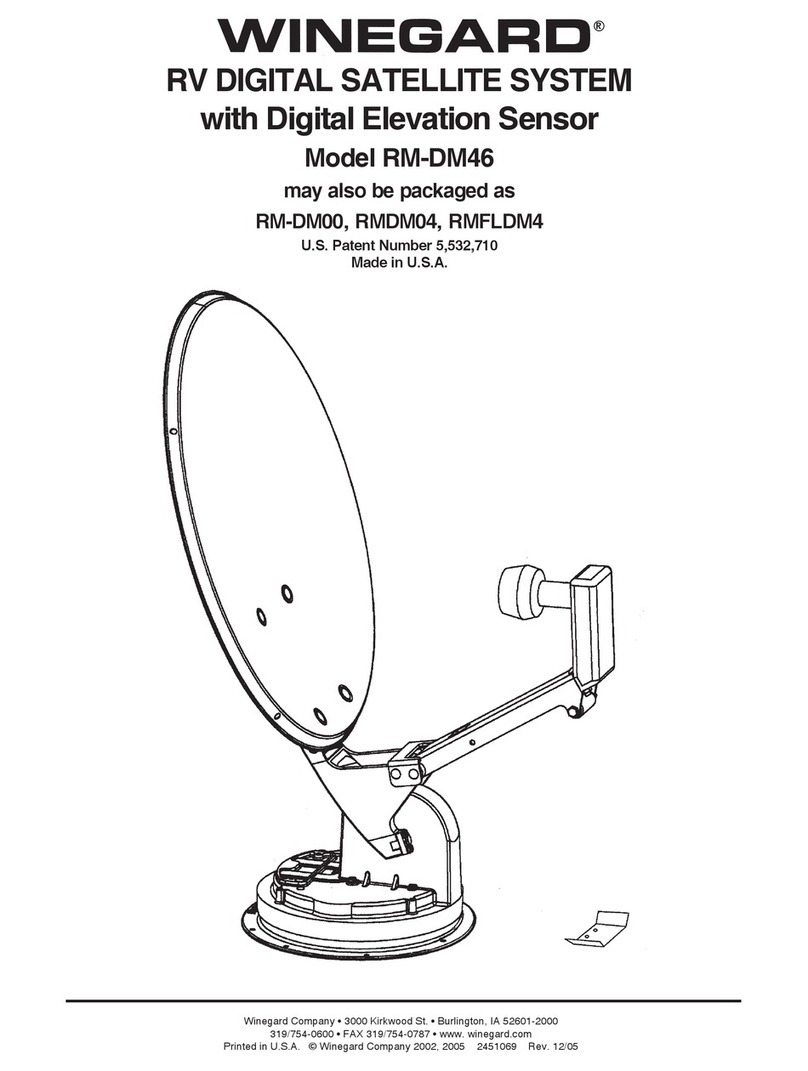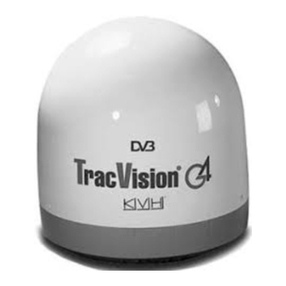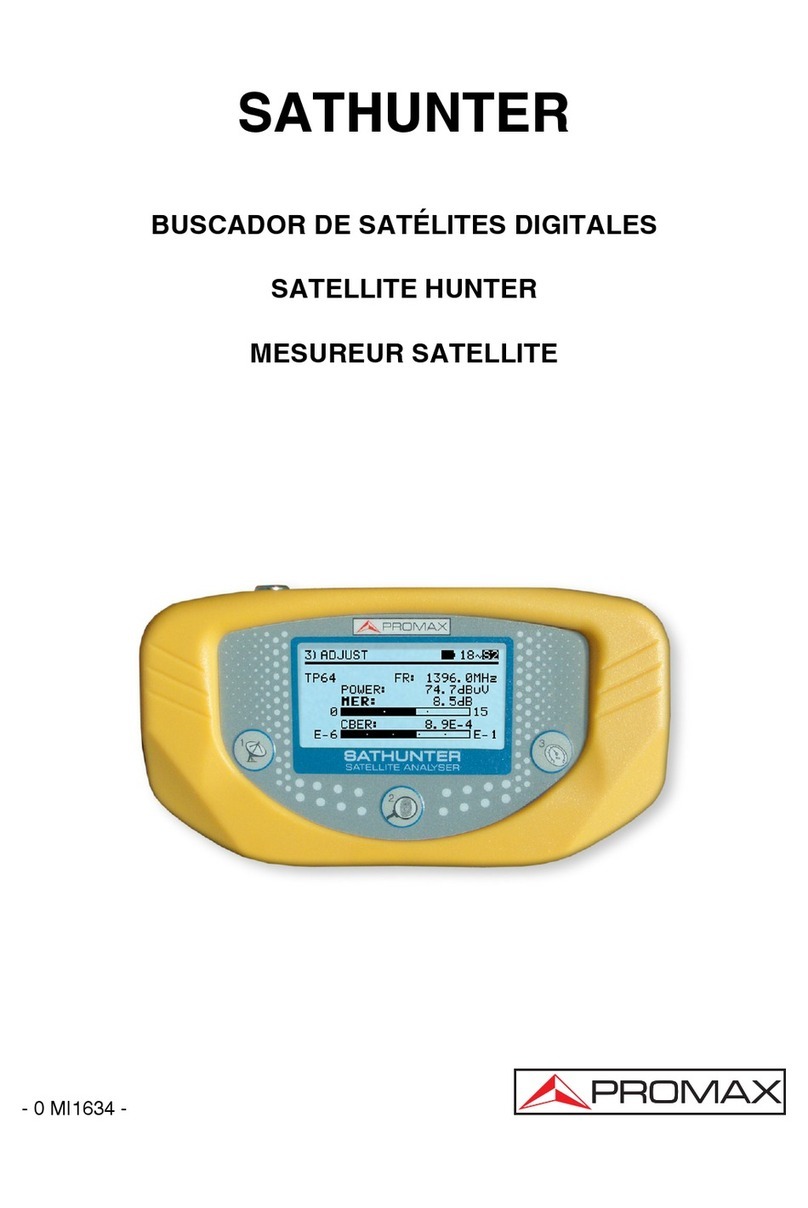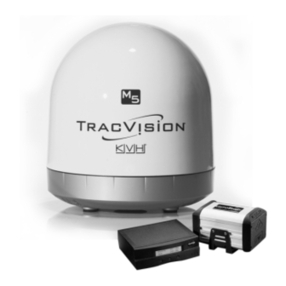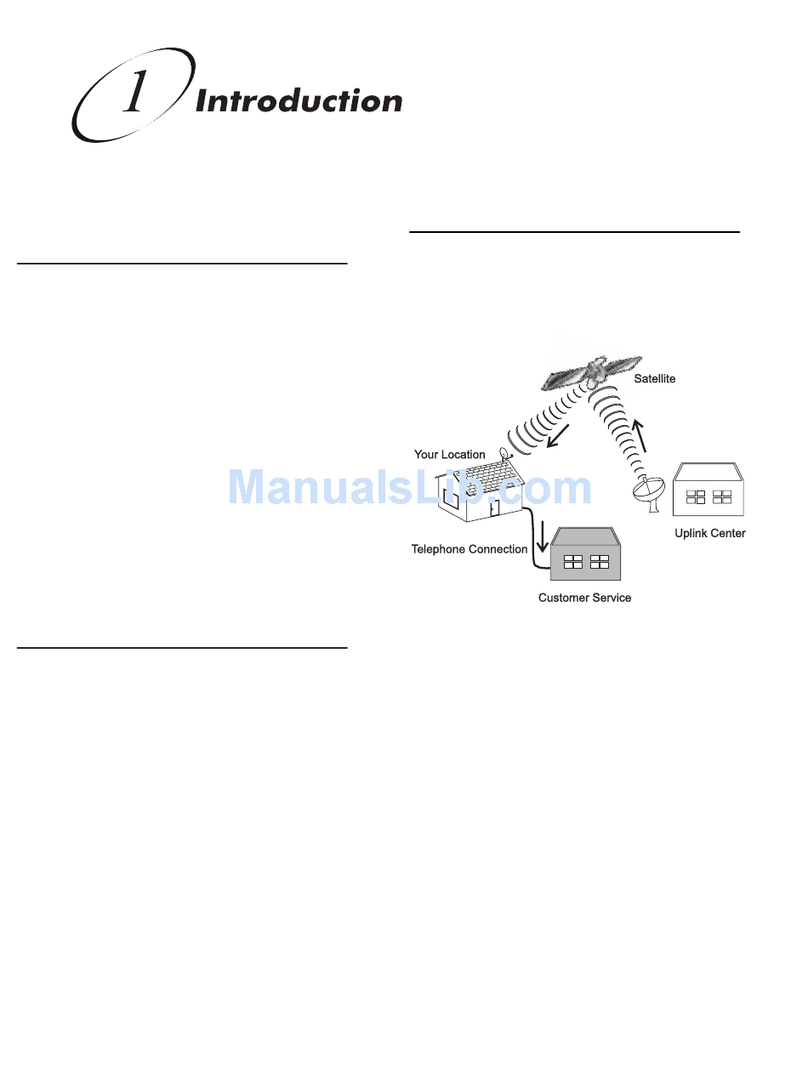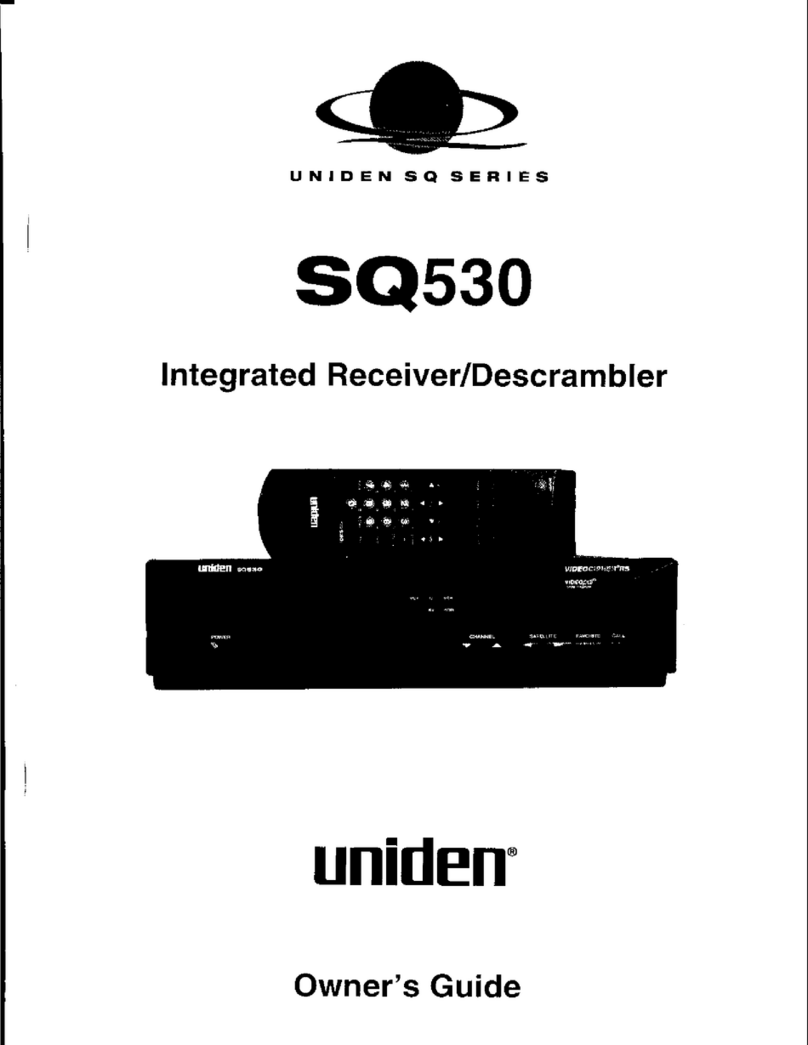Version 1.0 Page 3
GB
2 Table of Contents
Section Content Page
1 Introduction 2
2 Table of Contents 3
3 Important Safety Notes 4
4 Your Receiver and its Functions 5
4.1 Remote Control 5
4.2 Receiver 6
5 Installing Your Receiver 7
5.1 Before You Start 7
5.2 Connecting the Antenna and ther Devices 8
6 Programming your Receiver 9
6.1 Switching n 9
6.2 The Main Menu: Selecting a Language 9
6.3 The Main Menu: Setting the Correct Local Time 10
6.4 The Main Menu: Setting Decoder Status 11
6.4.1 Selecting a TV Aspect Ratio 11
6.4.2 Changing the DiSEqC Setting 11
6.4.3 Clearing the Receiver's Memory 12
6.4.4 Information on Decoder Status (System Information) 12
6.5 The Main Menu: Installation – Automatically Installing Television Channels 13
6.5.1 Selecting a Satellite 13
6.5.2 Entering Your LNB-Converter's Local- scillator Frequency 13
6.5.3 Adjusting the DiSEqC-Controller and/or Enabling/Disabling
the 22-kHz Control Signal 14
6.5.4 Automatic Channel Search 15
6.6 The Main Menu: Manual Search - Manually Installing TV-Channels 16
6.6.1 Entering TV-Channels' Frequencies 16
6.6.2 Entering the Symbol Rate 17
6.6.3 Selecting the Polarization 18
6.6.4 Setting Video PID-Codes 18
6.6.5 Setting Audio PID-Codes 19
6.6.6 Conducting a Search 19
6.6.7 Checking Signal Strength 20
6.7 Editing Transponder Data 20
6.7.1 Procedures for Editing Transponder Data 20
6.7.2 Adding Another Transponder 22
6.7.3 Adding Another Satellite 23
6.7.4 Editing Transponder Data 23
6.7.5 Deleting a Transponder 24
7 Using your Receiver 24
7.1 Switching you Receiver n 24
7.2 Selecting Channels 24
7.3 Volume Control/Mute Sound 25
7.4 Listening to the Radio 25
7.5 Selecting the Audio Mode 26
8 Programme Lists and Information 26
8.1 Displaying a Programme List 26
8.1.1 Full-Screen Mode 26
8.1.2 Compact View Mode 27
8.2 Editing your Programme Lists (List of Favourites) 28
8.2.1 Moving a Programme 28
8.2.2 Deleting a Programme 28
8.3 Programme Information 29
9 Trouble Shooting Your digital Receiver 30
10 Recycling and Disposal 30
11 Appendix I-II
11.1 Time table I
11.2 Technical specification II
Contents
